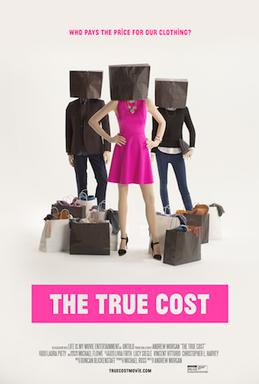I hope everyone is doing well and adjusting to this new season of life. In a way, these passion blogs seem to benchmark my adjustment process and mood, and I feel much more accepting of this new reality now compared to last week when the news was just setting in.
Focusing on new hobbies, music, and books is proving to be a great way to make use of this copious amount of new-found time. However, at this point, the struggle surrounds keeping up with my classwork while still blocking off some healthy me-time.
One of the best ways I’m finding balance and peace amidst this time is through practicing mindfulness. As defined by dictionary.com, mindfulness is “a technique in which one focuses one’s full attention only on the present, experiencing thoughts, feelings, and sensations but not judging them.”
I’d like to share a few ways of practicing mindfulness with you now.
- Practice gratitude
This one is extremely important and enormously applicable to the situation we are all in at the current moment. Even on the worst days it’s important to remember that everything is relative and a lot of people have worse issues to deal with. In this situation, I am grateful none of my family members have the virus and I live in a place near nature where I can go on walks without running into other people.
- Focus on breathing
This is a good tool when trying to manage anxiety or avoid a panic attack. Focusing on breathing helps you feel grounded and clears your mind of things that might be causing anxious thoughts. I’ve found it helps me to pretend like I’m blowing air out through a little straw and concentrate my air flow. Most of the breathing tricks and methods that I use I learned from when I played the French horn, so if you’d like a place to find more ways to focus on breathing, I would recommend checking out metered breathing.
- Meditation
This can be hard to start off with right off the bat, especially if you’re like me and can be restless. However, trying to sit still, quiet, and intentionally clear of thoughts a little bit everyday and building up your stamina is a great way to get to a point of meditation. Using videos or listening to relaxing audio on YouTube can help provide direction, and there’s even apps that do guided meditation, such as the Calm app.
- Exercise
It’s been proven time and time again that exercise is one of the best things you can do to benefit your mind, body, and spirit all in one. I can’t count the number of times I felt so mentally or emotionally drained and then went for a run and felt like the skies opened up. Don’t get me wrong, running can suck. But after, generally everything feels at least a little bit better. The most important thing about mindful exercise is to never be ashamed of how much you exercise or when or what you do. When you get rid of shame and make exercise about finding what works for you and what makes you feel better, it can be one of the fastest ways to shake off bad vibes.
- Take 10 minutes to do nothing
I have a love/hate relationship with this practice. As a person, I am so focused on max efficiency and productivity and exploration and interaction and I love to go, go, go. Doing nothing for 10 minutes feels like such a waste. I could’ve texted a friend, watched a video, played a song, done some homework, or even ran 1.3 miles in that time. But, when you really stop and do nothing for 10 minutes (no checking phone!), something amazing happens. You can actually hear yourself think for once. You feel relaxed and at peace. You don’t feel the pressure of work or family life or the internet. It’s just you.
I hope these practices were helpful and encourage you to begin your mindfulness journey. Patience is key with all of these and make sure to give yourself plenty of grace if they don’t feel natural or like they’re “working” at first. Feel free to check out other mindfulness techniques such as these ones if you want more options as well.





